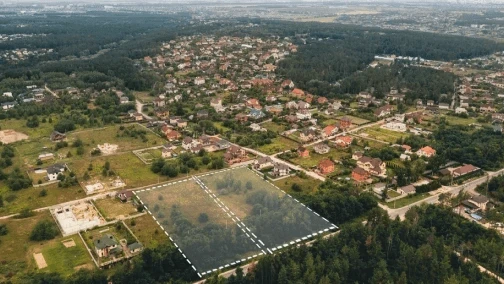In the changing landscape of data-driven technologies, Land-Marking for Pose-Point note has emerged as a pivotal aspect of our data collection and note services. Just as Artificial Intelligence (AI) has smooth integrated into our daily lives, our commitment to providing high-quality datasets, including image datasets, video datasets, text datasets, speech datasets, and more, remains intense.
Let’s explore the significance of Land-Marking for Pose-Point Annotations:
- Precision in Machine Learning Land-Marking for Facial Point Annotations involves the exact identification of key points and markers in images and videos. Just as AI curates experiences, our notes ensure that models are trained with accurate and custom data.
- Enhancing Object Recognition In a world where smart homes and IoT devices recognize our preferences, Land-Marking takes recognition to the next level. By noting crucial points on objects and subjects, we empower AI systems to identify and understand them more completely. This is vital for applications like object tracking and adding to reality.
- Revolutionizing Healthcare Imaging Just as AI has revolutionized healthcare, our notes play a critical role in medical imaging. From noting body position in X-rays to analyze regions of interest in MRIs, our services contribute to faster diagnosis, improved patient care, and cost savings.
- Driving Innovation in Robotics As AI powers free vehicles, Land-Marking for Pose-Point Annotations fuels growth in AI. Facial Point Annotations enable robots to handle complex environments, recognize gestures, and interact with humans safely and accurately.
- Advancing Virtual Reality (VR) Entertainment platforms predict our preferences using AI algorithms. By annotating facial expressions, body movements, and gestures, we enable more immersive and interactive VR content.
Supporting E-Learning Just as AI aids in personalized education, our annotations support e-learning platforms. By marking key points in educational videos, we facilitate a deeper understanding of complex subjects, creating a more interactive and engaging learning experience.
Methods of Pose-Point Annotation
- Manual Annotation:
- Description: Human annotators manually mark key points on images using annotation tools.
- Tools: LabelImg, VGG Image Annotator (VIA), and RectLabel.
- Pros: High accuracy and flexibility.
- Cons: Time-consuming and labor-intensive.
- Automated Annotation:
- Description: Algorithms automatically detect and annotate key points in images.
- Tools: OpenPose, DeepLabCut, and HRNet.
- Pros: Fast and scalable.
- Cons: May require manual corrections and high computational resources.
- Semi-Automated Annotation:
- Description: Combines manual and automated methods Facial Point Annotations where initial points are generated by an algorithm and refined by human annotators.
- Tools: CVAT, Labelbox, and Supervisely.
- Pros: Balances accuracy and efficiency.
Tools for Pose-Point Annotation
- OpenPose:
- Features: Real-time multi-person detection, accurate pose estimation.
- Use Case: Ideal for projects requiring quick and accurate pose-point annotations.
- LabelImg:
- Features: Simple and intuitive interface for manual annotation.
- Use Case: Suitable for smaller projects with a focus on high precision.
- DeepLabCut:
- Features: Animal pose estimation, customizable networks.
- Use Case: Great for specific use cases like animal pose analysis.
- CVAT (Computer Vision Annotation Tool):
- Features: Supports multiple annotation formats, collaborative work.
- Use Case: Excellent for large-scale projects with team collaboration.
Best Practices for Land-Marking
- Consistent Annotation: Ensure that the Facial Point Annotations are consistent across the dataset to improve the reliability of the training data.
- Tool Selection: Choose the right annotation tool based on the project requirements, balancing between manual precision and automated efficiency.
- Regular Updates: Regularly update the annotated data and models to incorporate new data and improve accuracy.
Conclusion:
As we stand on the precipice of this AI-driven era, one thing remains certain: the future is intelligent, and our dedication to providing accurate and Facial Point Annotations is here to stay. pose-point annotations is a vital process in computer vision that enables various applications from augmented reality to human-computer interaction. By understanding the importance, methods, and tools for pose-point annotation, you can ensure high-quality data for training robust AI models.






